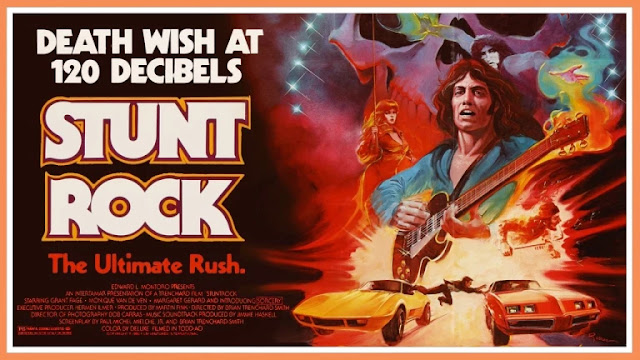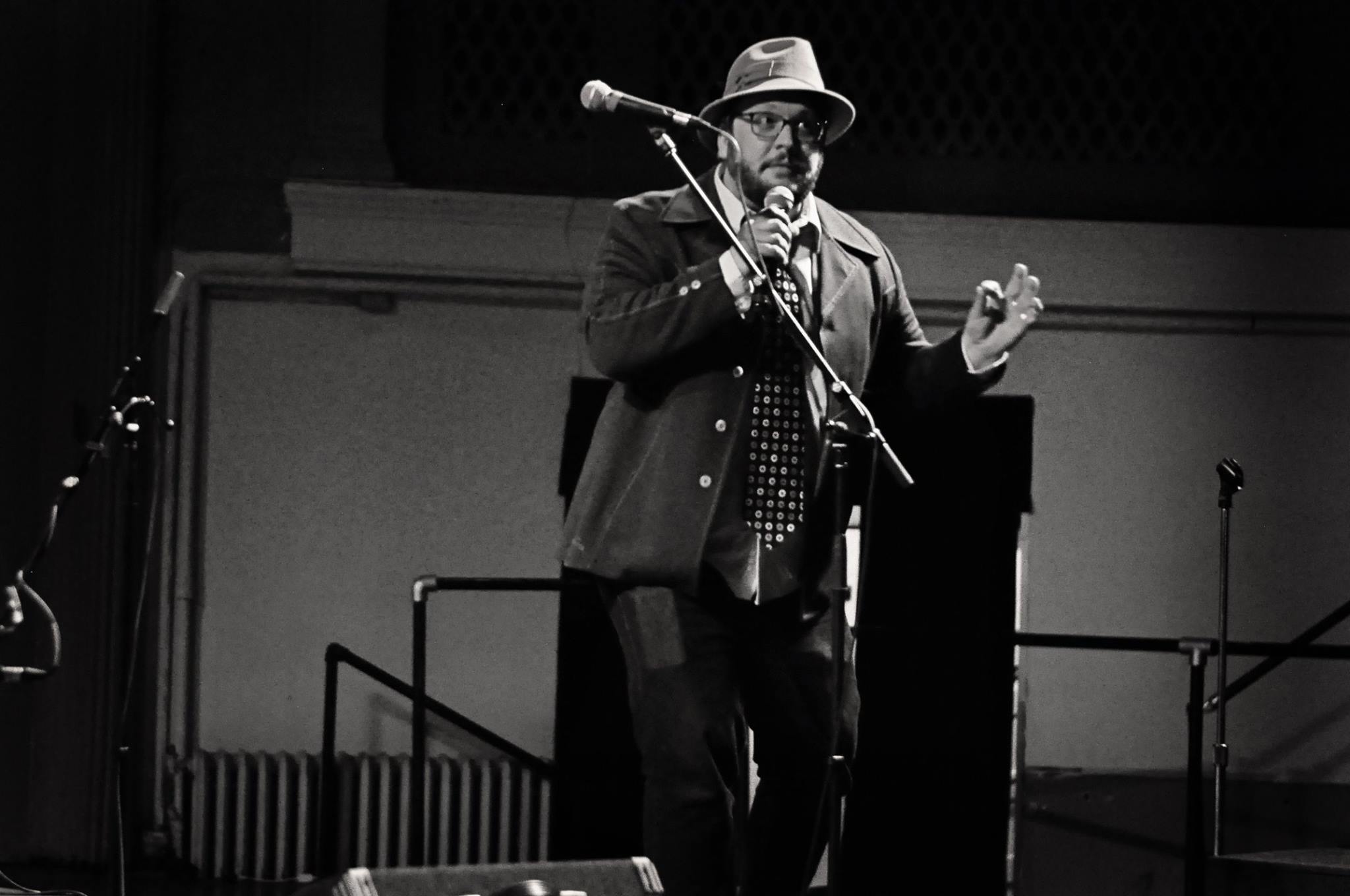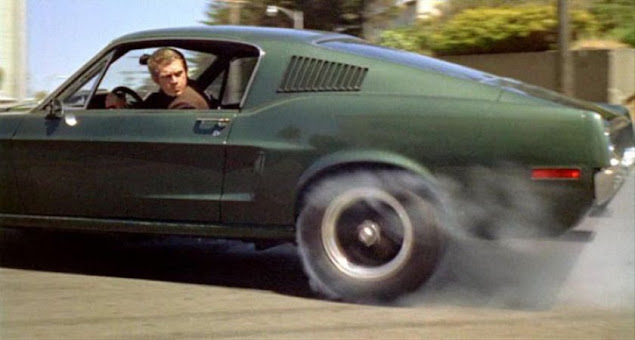I love Jackyl, but that stinky Chainsaw has got to go, says the noted environmentalist.
 |
| Creative Commons/You Tube |
Outspoken activist Greta Thunberg has taken it upon herself to spearhead the international cabal of rock music enthusiasts encouraging Jackyl front-man and self-anointed “Lumber Jack of Love” Jesse James Dupree to cast aside that stinky two-stroke and get hip with a new emissions-free, battery-powered chainsaw.
Thunberg wishes to make it clear that she wishes for the summer concert party season to continue unabated, albeit with fewer noxious two-stroke emissions. “Like most young Swedish people, my life revolves around three things: Calling out hypocritical world leaders and gross corporate polluters, scarfing those meatballs at IKEA, and blasting some f#cking Jackyl from the tape deck in my Volvo EV. I mean, Jesse James Dupree is basically the Bob Dylan of Scandinavia.”
Preferred over four-stroke models for their lighter weight and quick-revving nature, the two-stroke has been the choice of lumberjacks and musicians for decades. But the new wave of battery-powered chainsaws offers some excellent alternatives. Stihl, the brand most commonly associated with Dupree, makes several dandy battery-powered chainsaws, including the Stihl MSA 220 C-B; it’s got plenty of power and a 16-inch bar, so it won’t be too emasculating when Jesse suggestively positions the saw amidst his loins and “jams” along with the band. It’s a crowd favorite.
Equally as troubling is that while now assembled in the U.S., the German company’s founder was apparently a bit of a Nazi back in the day and was arrested as such during WWII. But let’s not throw stones.
Thunberg is on the record as preferring Husqvarna battery-electric chainsaws from her native Sweden for her personal arborist needs.
Ohio Bike Week runs from Friday, May 30 through Saturday, June 7 in Downtown Sandusky, Ohio, a suburb of the Cedar Point Amusement Park. Catch Jackyl on Thursday, June 5th on the Jackson St. Pier in downtown Sandusky. Show starts at 6 PM.














